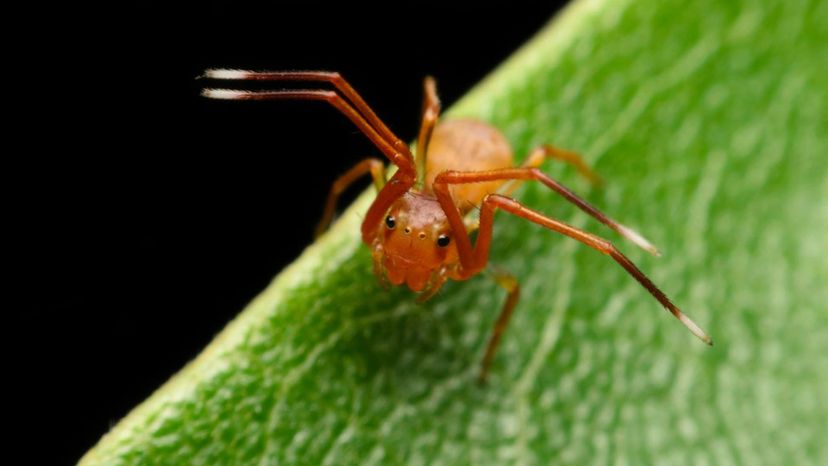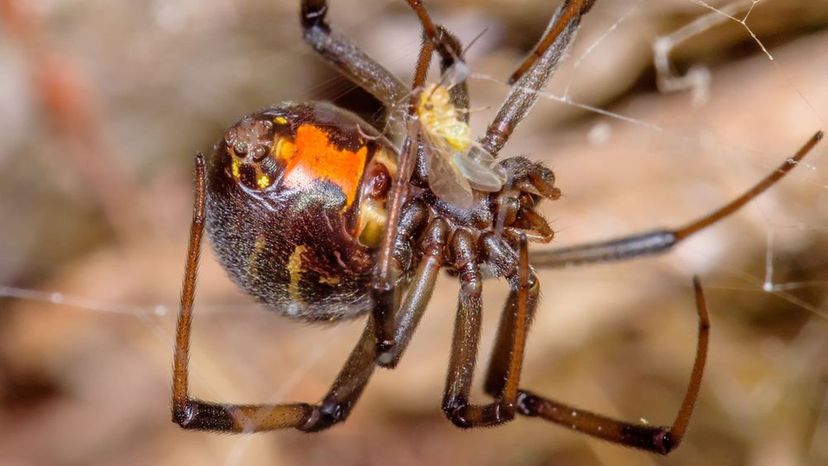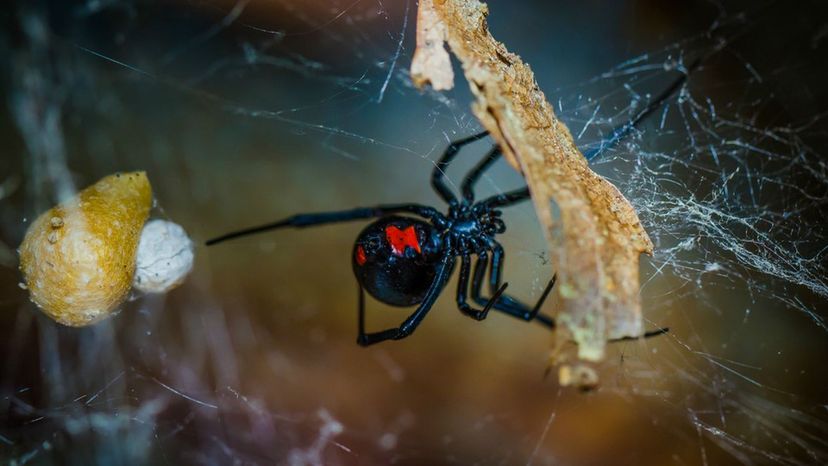
About This Quiz
You don't need to be an entomologist to admire the killer-instinct in bugs. The things these little creatures can do is simply mind-boggling.
For instance, the sting of a velvet ant, which is a wingless wasp, can take down a cow! And when it comes to killing humans, be aware of the Asian giant hornet. This small but scary beast is responsible for over 40 deaths and 1,600 injuries every year. The hornet's venom is incredibly powerful, capable of destroying red blood cells and causing kidney failure.
Do we have your attention? Then it's time to take a quiz and learn what small but deadly insects are out there. Click the button below.
Of course, insects aren't the only small creatures to be wary of, there are arachnids (spiders or scorpions) and creepy crawlers, too. For instance, the Deathstalker scorpion is especially dangerous to children and the elderly. In most cases, the cause of death is a buildup of fluid in the lungs, called pulmonary edema. But it's not always about people! Other land-based arthropods use their deadly talent to kill prey, whether it be small animals or other insects, through poisonous stings or paralyzing bites. Such a dangerous world! It's important to know all the hazards and appreciate the power of something so small. Take the quiz now and learn it all.
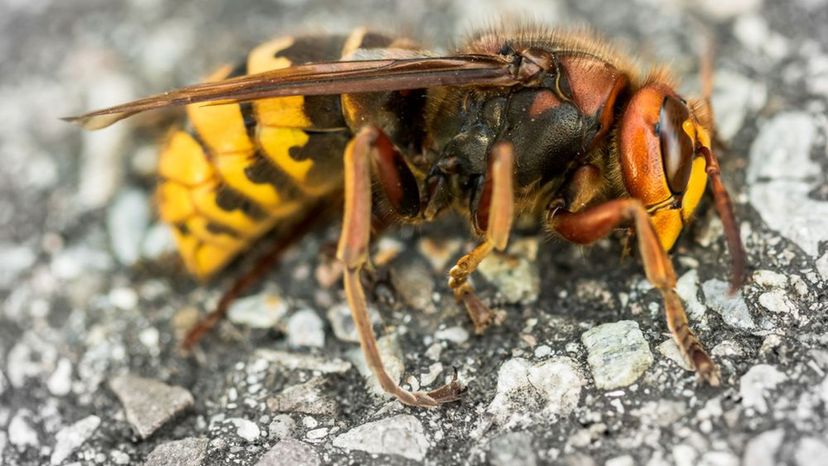
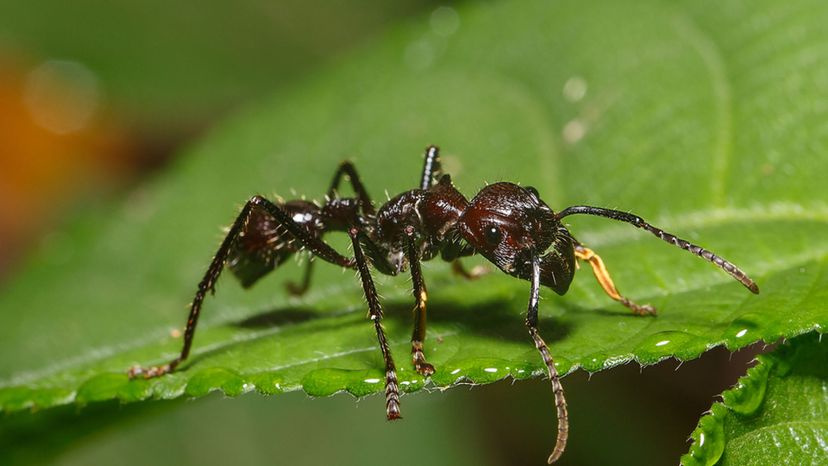
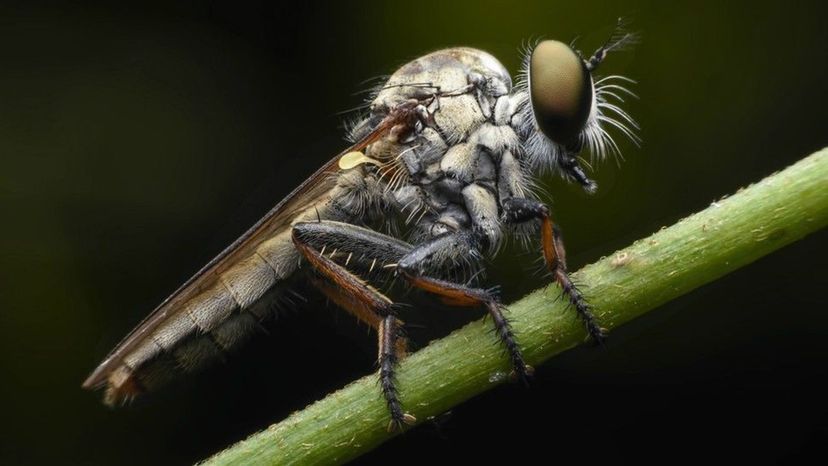
Advertisement
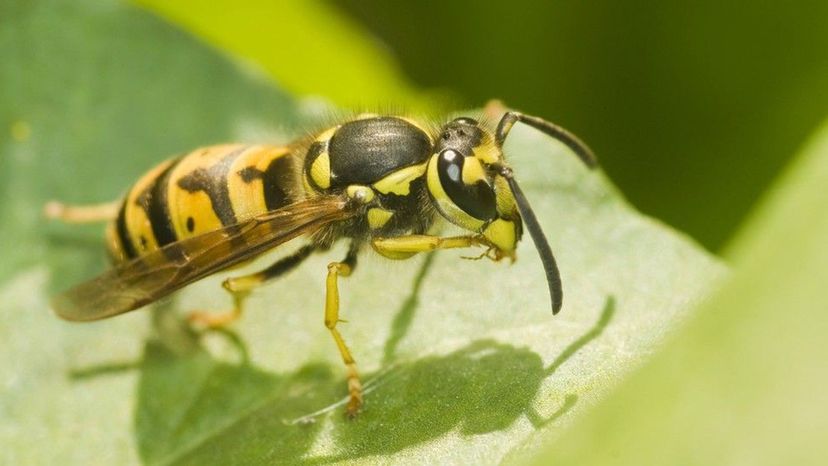

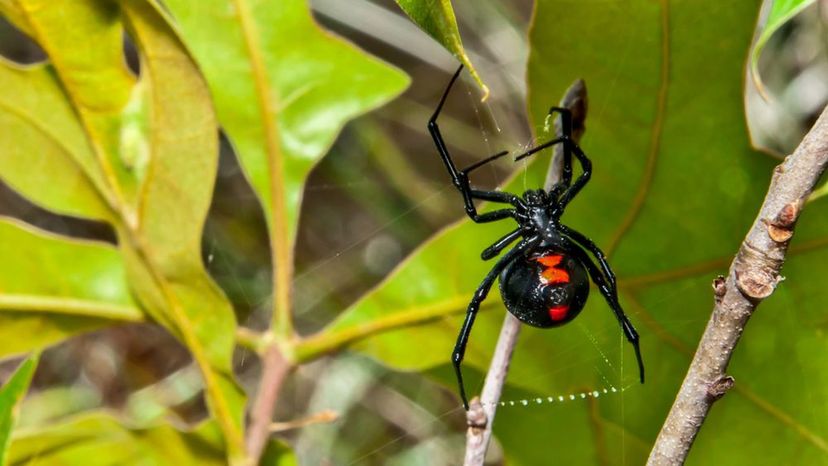
Advertisement
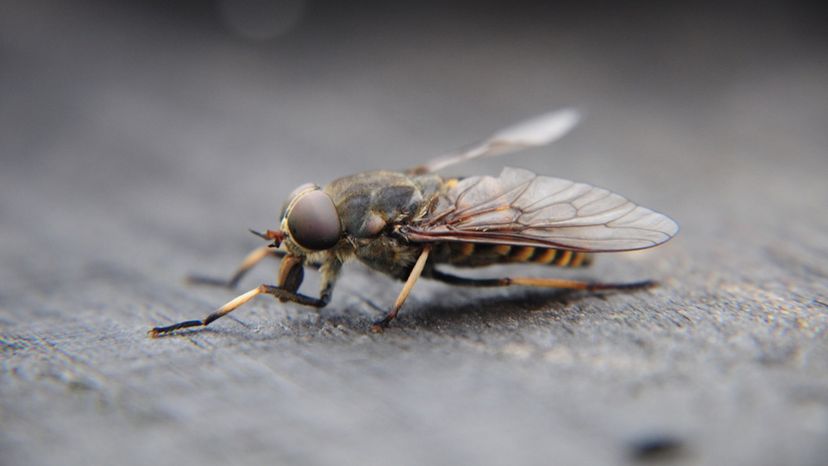
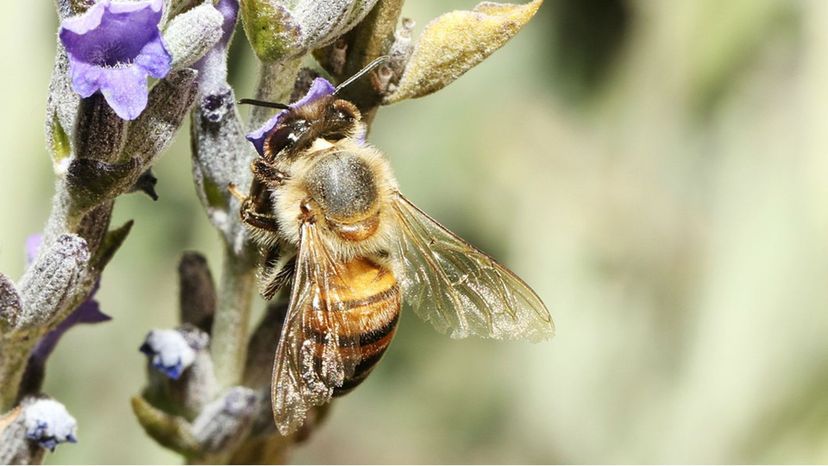
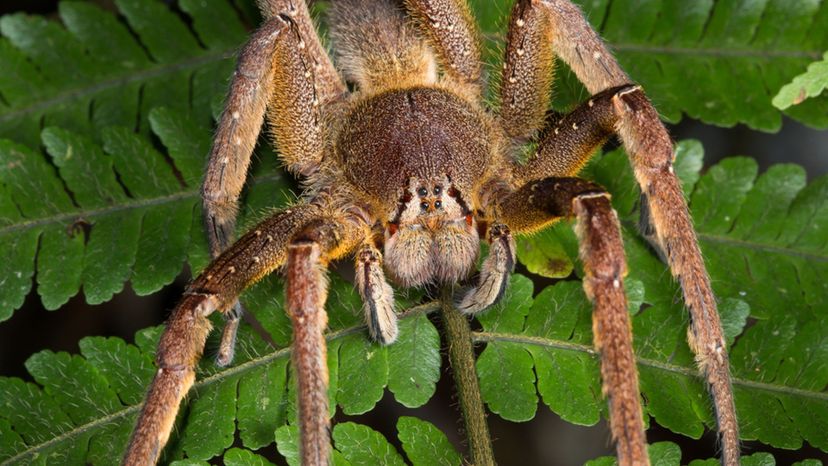
Advertisement
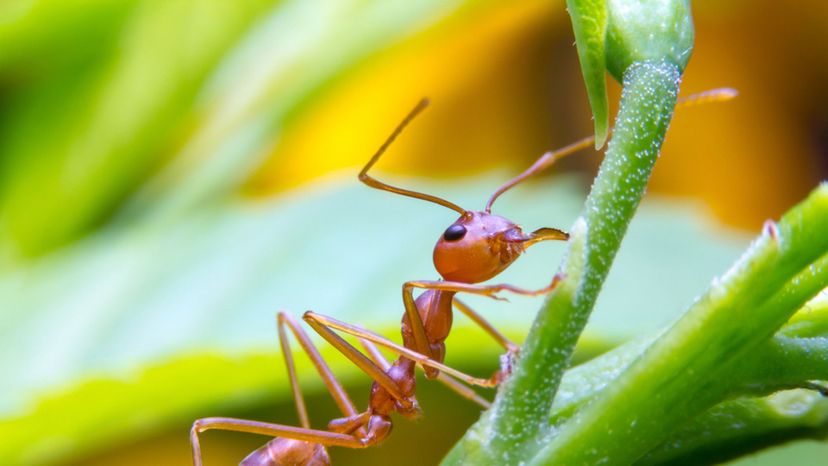
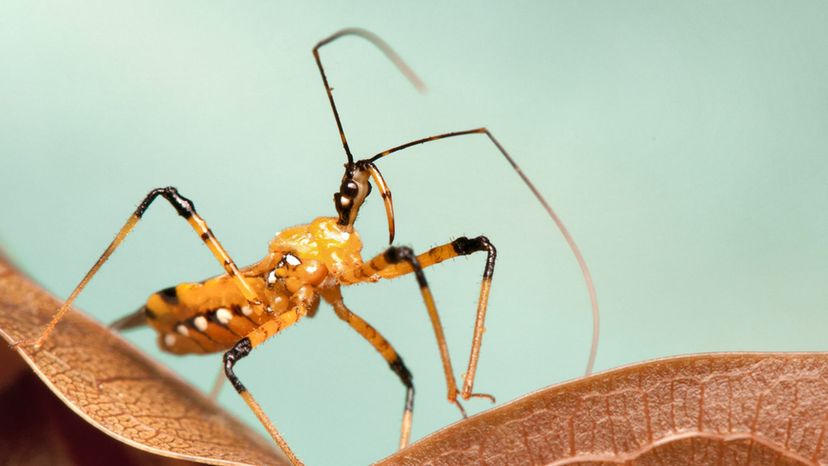
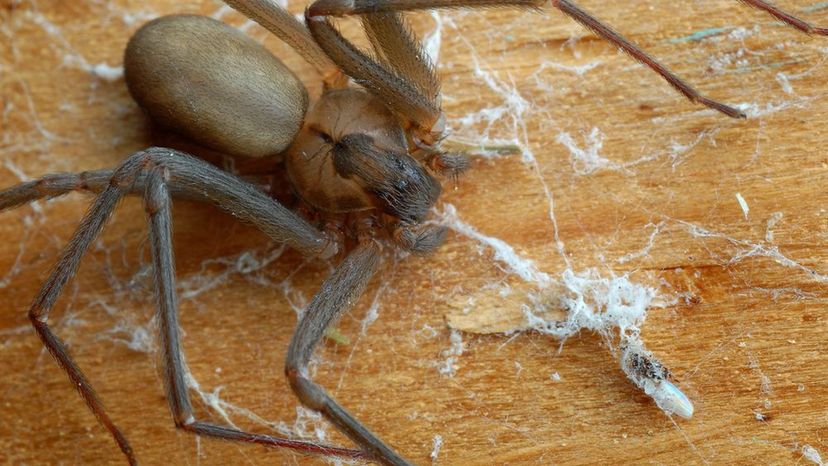
Advertisement
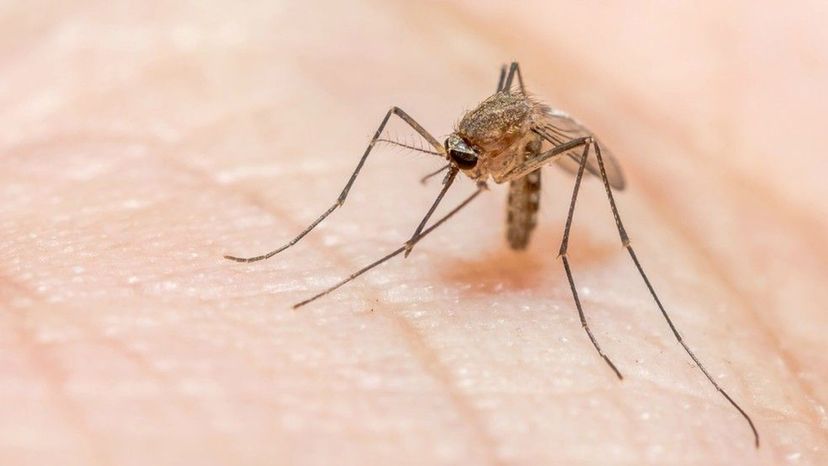

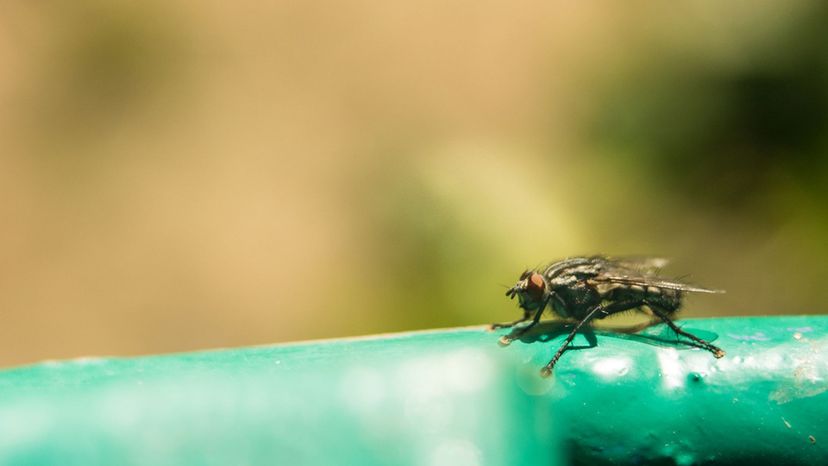
Advertisement
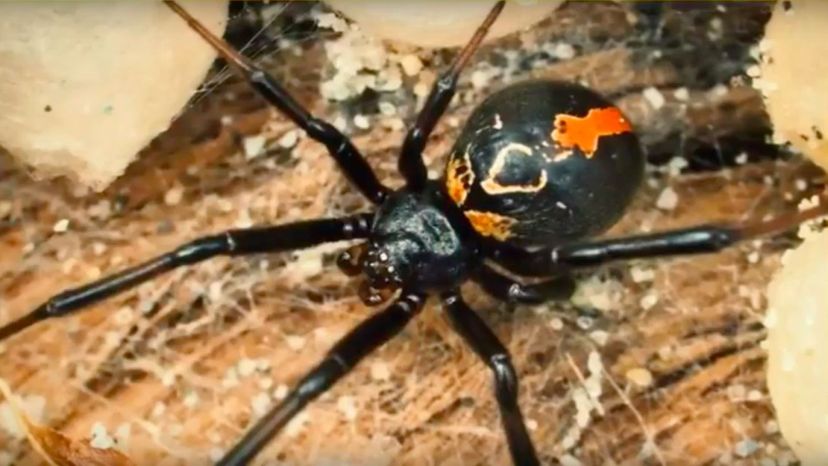
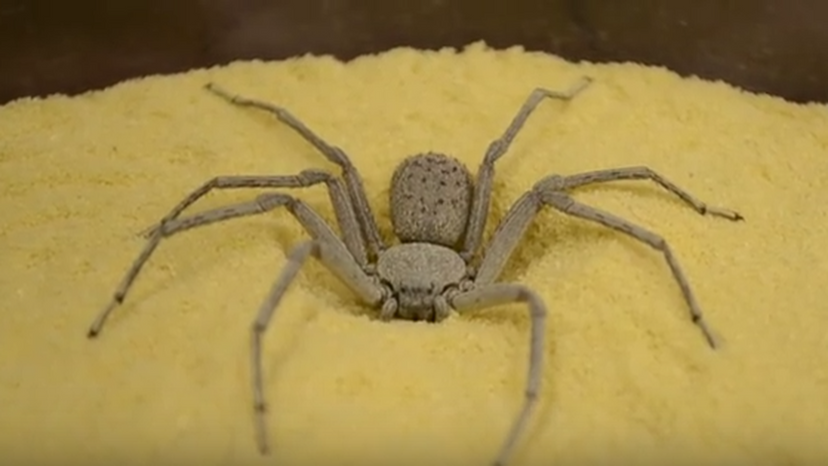

Advertisement
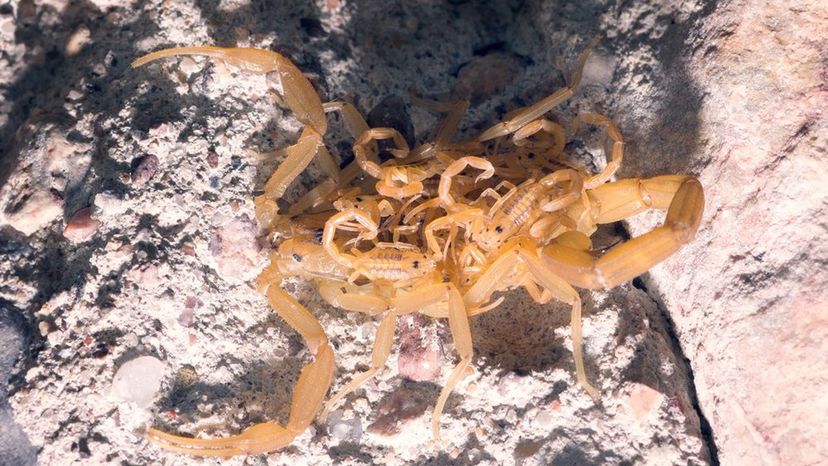
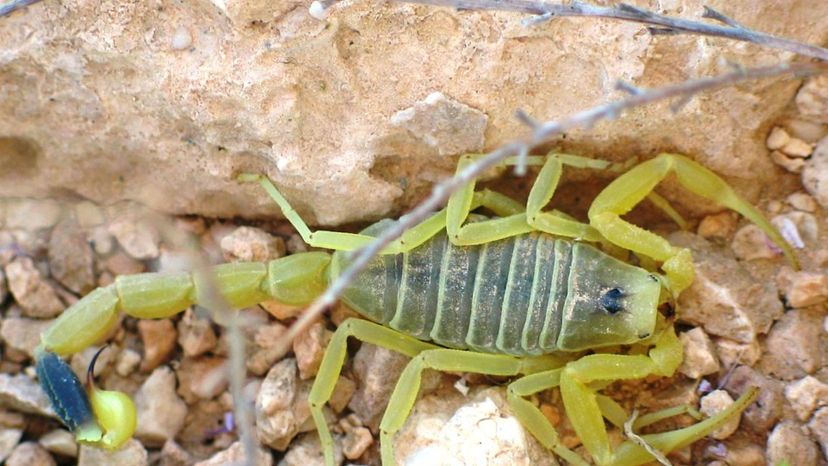
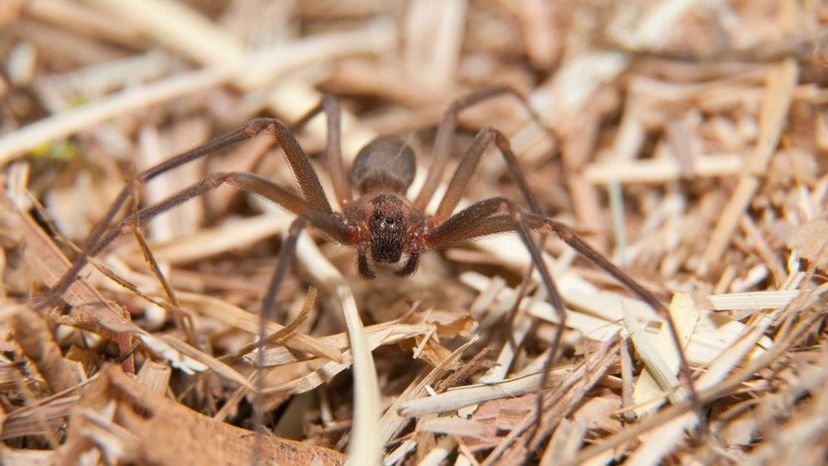
Advertisement
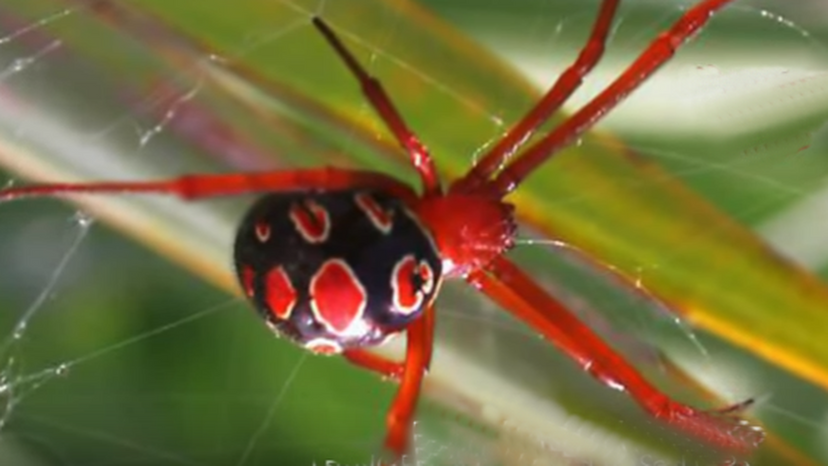
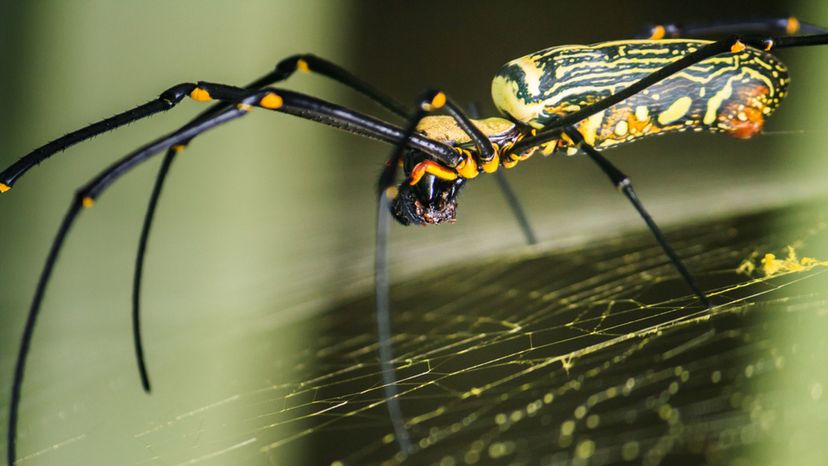

Advertisement
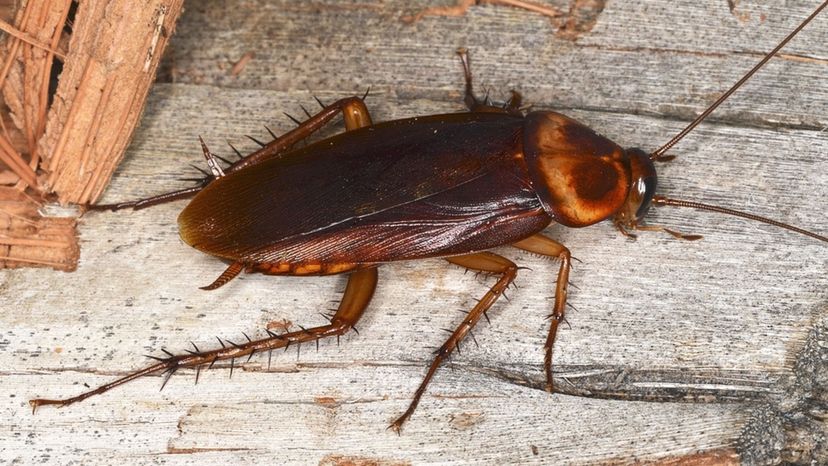
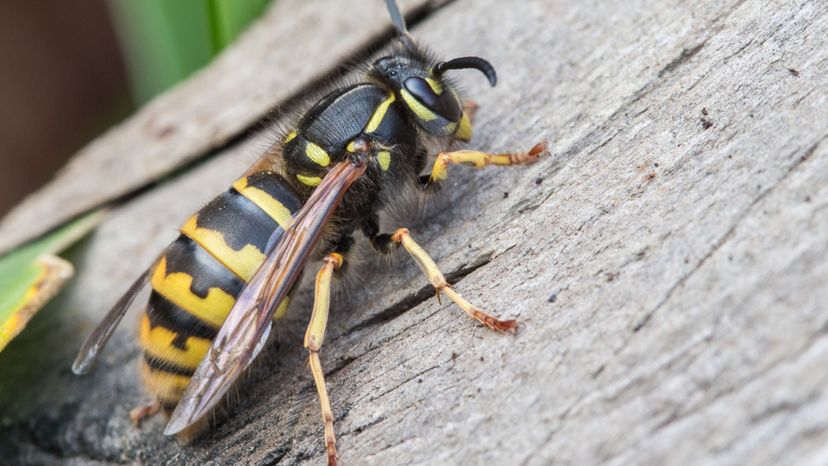

Advertisement

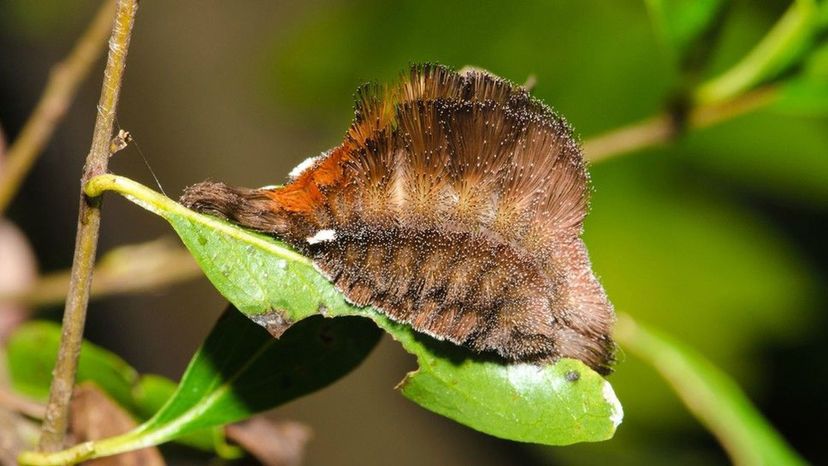
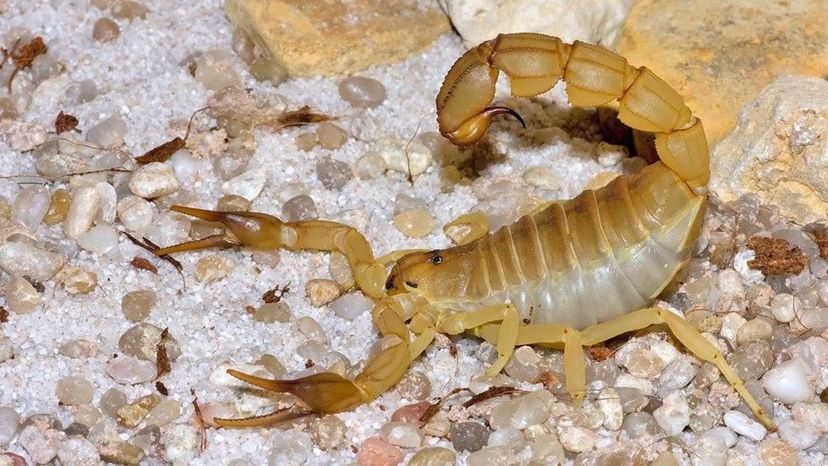
Advertisement
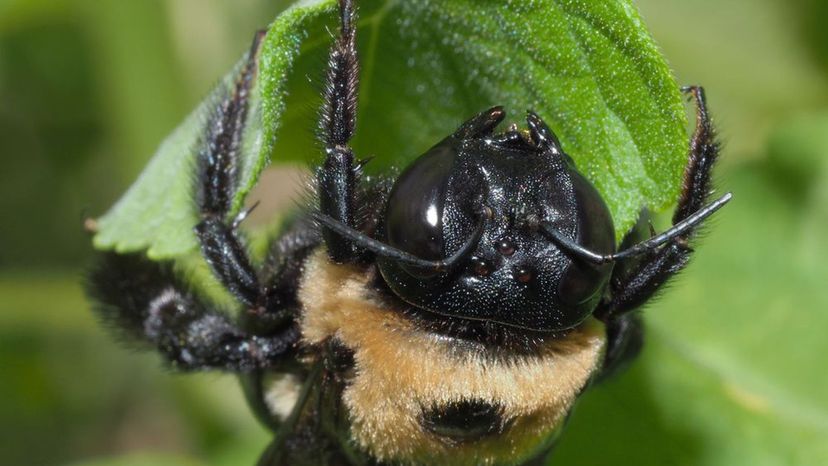
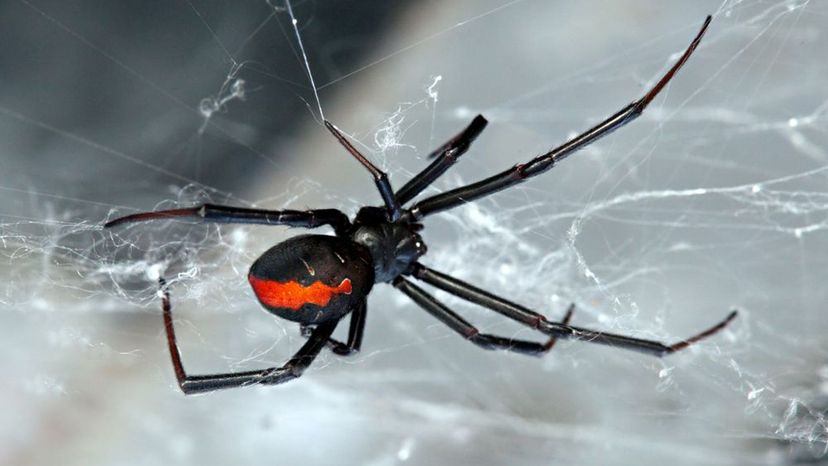
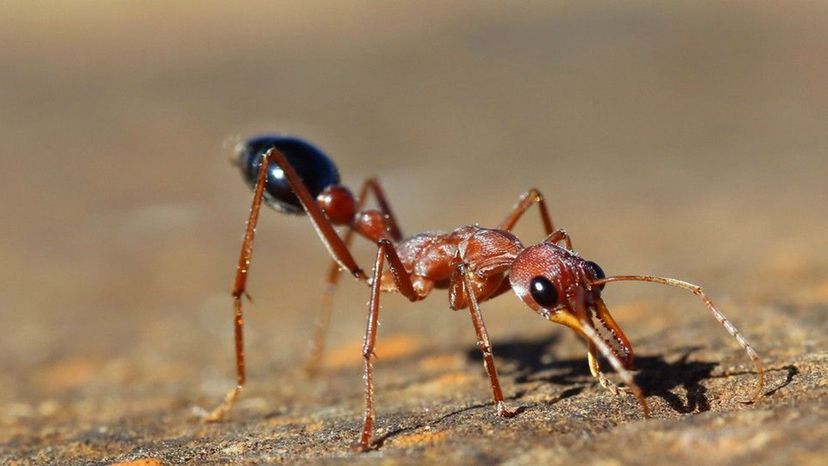
Advertisement
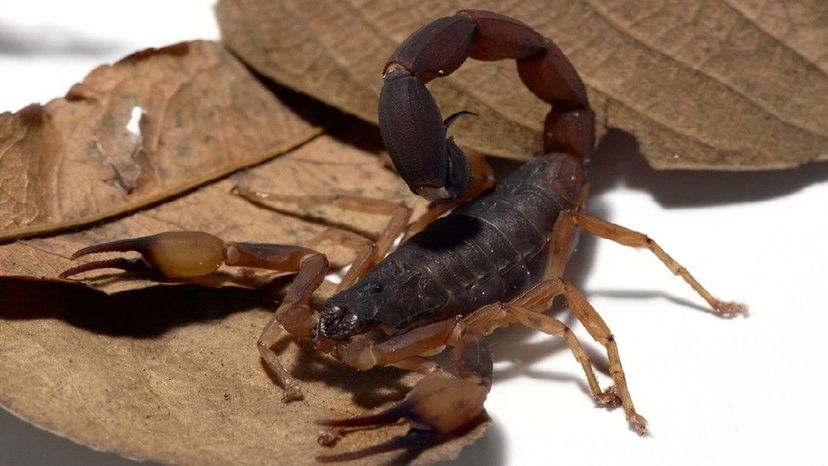
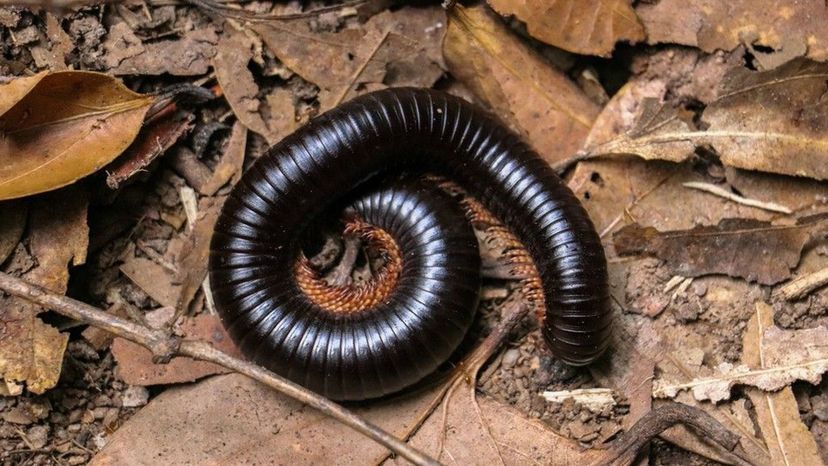
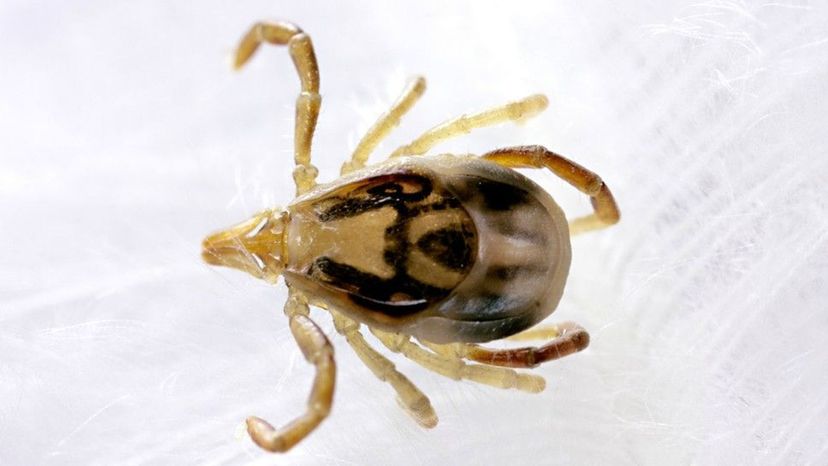
Advertisement
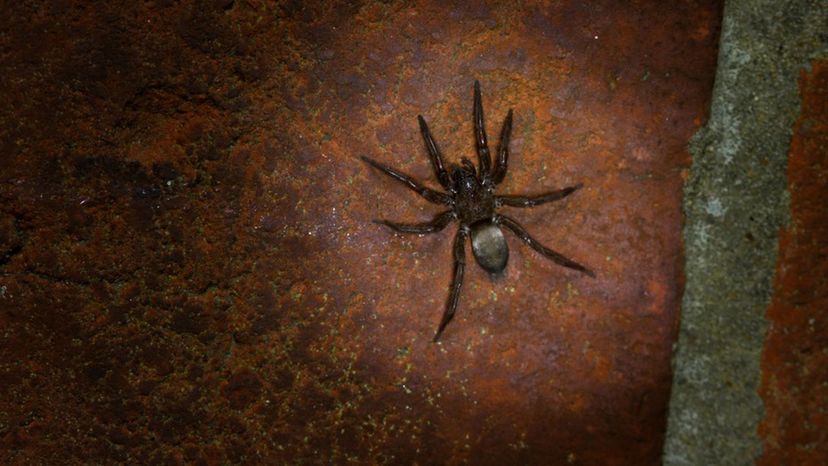
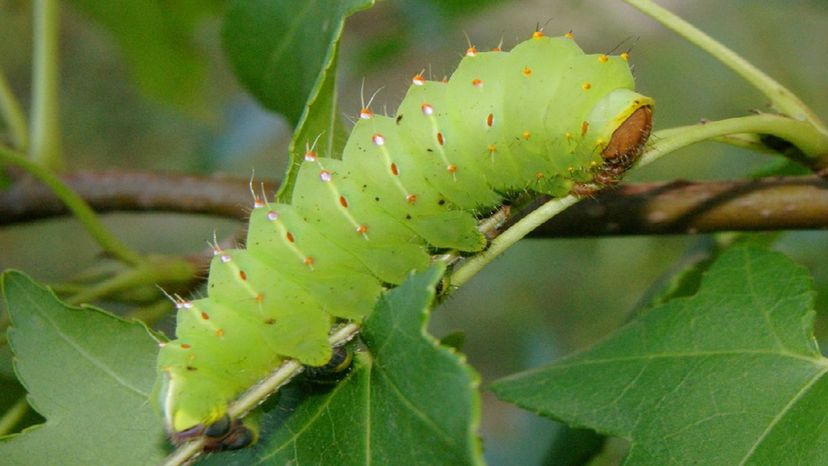
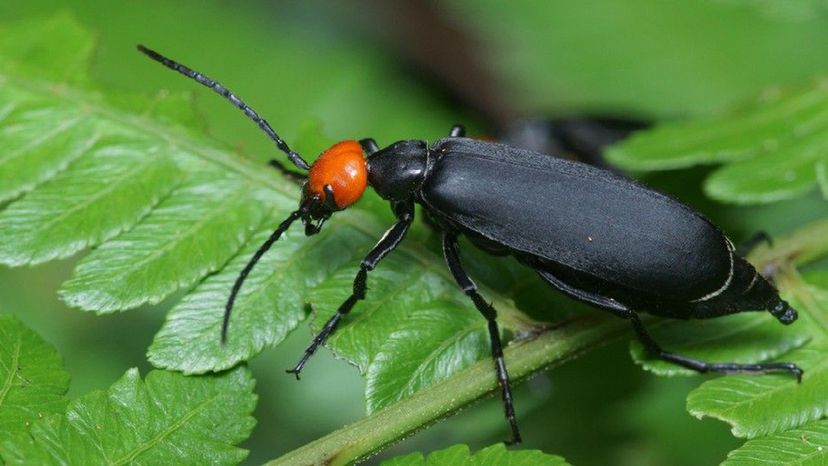
Advertisement
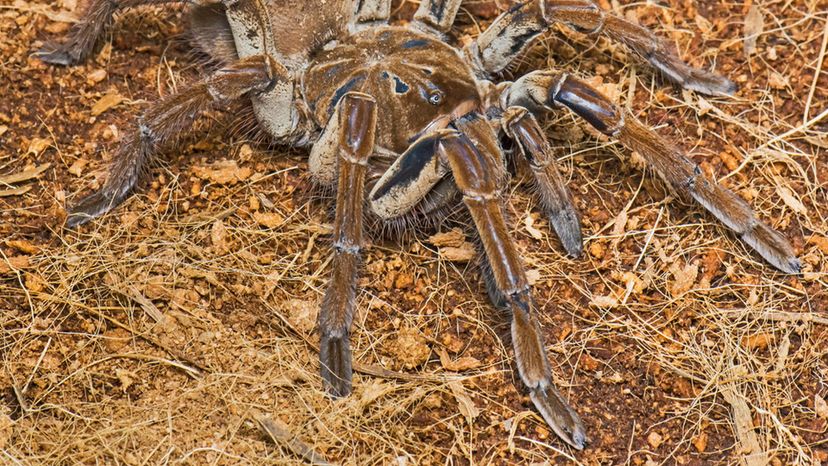

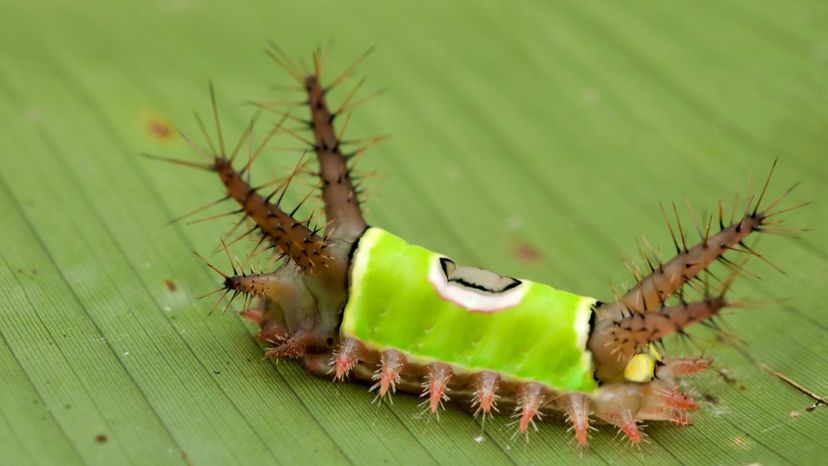
Advertisement
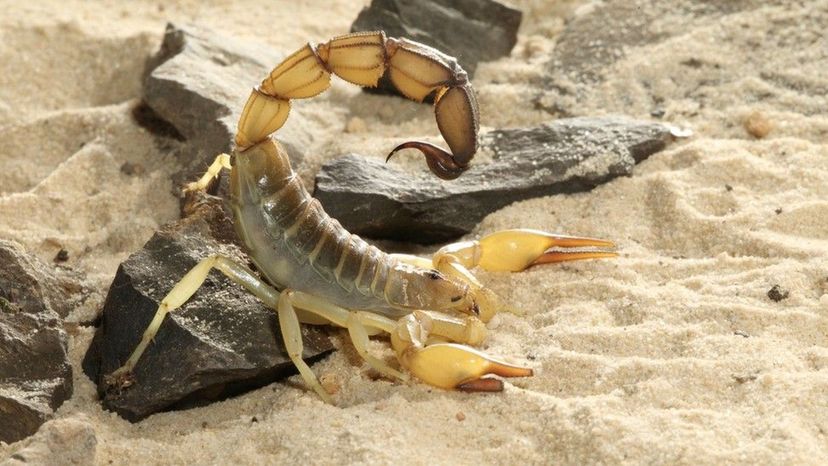
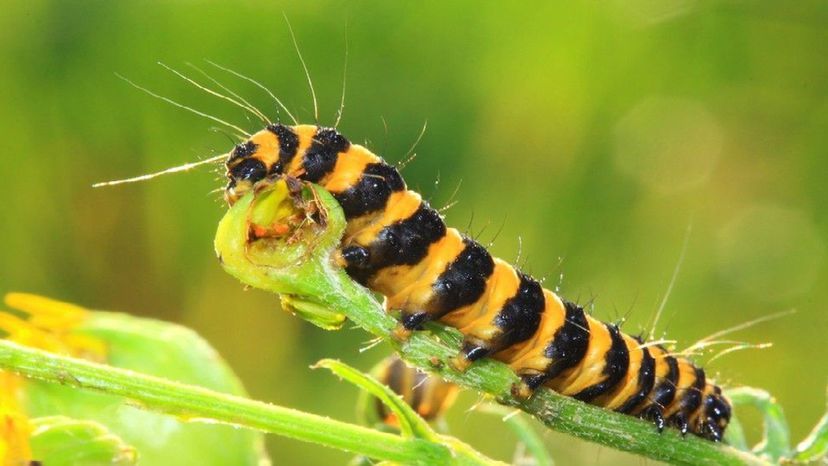

Advertisement
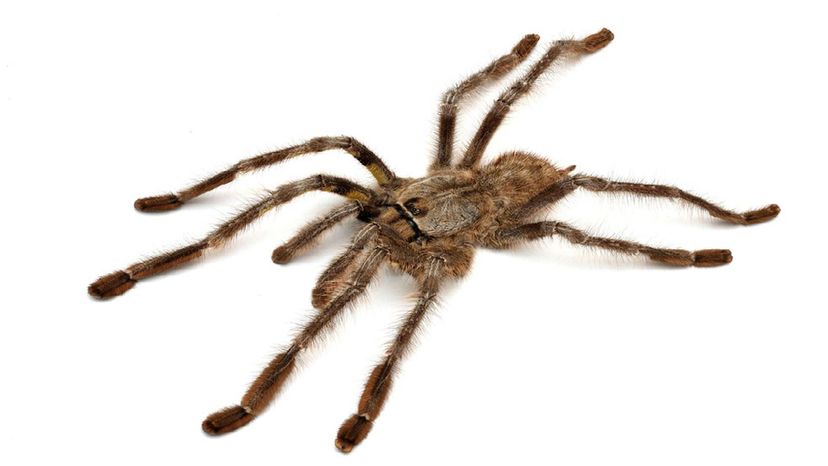
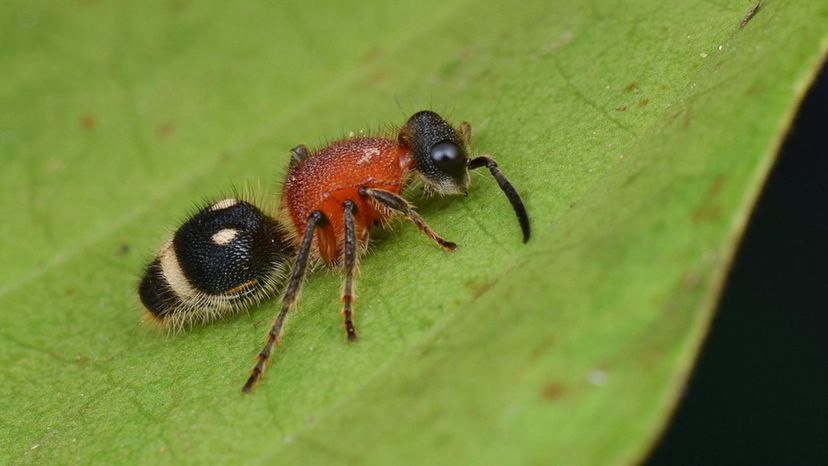
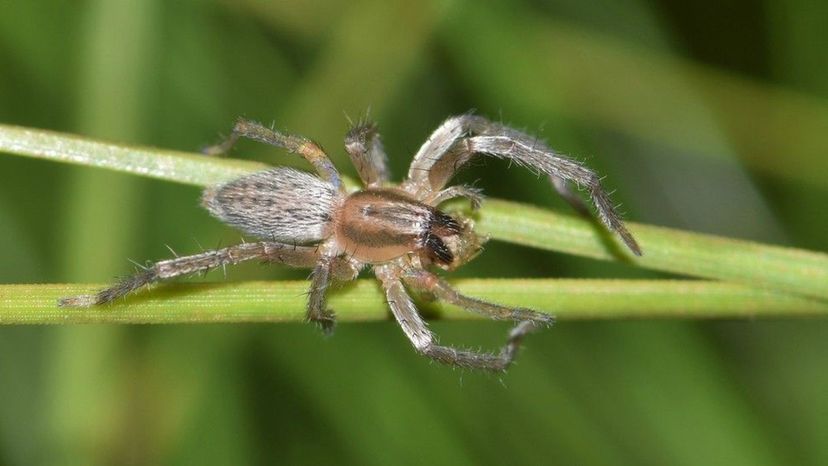
Advertisement
